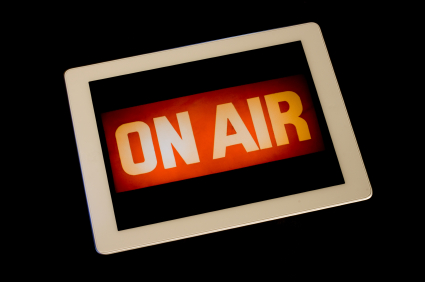The State of IPTV
By: Becky Bracken

Once upon a time, broadcast television ruled the land, but these days its kingdom is beleaguered by dismal ratings and declining ad rates. And cable, despite still being able to lure sizable audiences with dramatic fare like Homeland (Showtime), Game of Thrones (HBO) and AMC’s triple threat of Mad Men, Breaking Bad and The Walking Dead, is losing viewers to cheaper alternatives like Netflix, Hulu, Amazon Prime and even YouTube. Perhaps even more significantly, once people started watching shows online and on devices other than their TVs, they started to wonder if the old set in the living room was still necessary.
Nielsen, the company that measures the size of the viewing audience for any given broadcast or basic-cable program, uses the phrase “Zero-TV” to describe households that primarily watch video content on laptops, tablets and other internet-connected devices. According to its Q4 2012 Cross-Platform Report, there are currently five million of these households in the United States, representing less than 5 percent of all TV households, but when compared to the two million that existed six years ago, that’s an increase of 149 percent.
Of those five million households, 67 percent routinely bypass their TV sets using various devices:
- 37 percent watch video on their computers (desktops, laptops, etc.);
- 16 percent watch on the internet
- 8 percent watch on their smartphones;
- 6 percent watch on their tablets.
“Cable and Satellite: The Next Ten Years,” a recent report from Moffett Research, the new firm led by longtime industry analyst Craig Moffett, argues that the high cost of cable and satellite services is the biggest factor influencing households to cancel their subscriptions, and estimates that about 1.9 million have “cut the cord” so far in the US. Moffett’s report adds that online services like Netflix and Hulu, once viewed as complementary to cable subscriptions, now have the potential to replace them altogether.
Service providers are capitalizing on the opportunity to gain traction where broadcast and cable seems to have lost. In fact, Infonetics Research’s 2012 report “IPTV Service Deployment Strategies: Global Service Provider Survey” indicated that 83 percent of cable, satellite and IPTV (internet protocol television) operators were aiming to have multiscreen services up and running by this year.Customers are increasingly turning to telco-based IPTV services. Earlier this year Multimedia Research Group (MRG) revealed that 77 million households around the world now subscribe—that’s a 31 percent jump from 2011 to 2012, according to Jeff Heynen, directing analyst for broadband access and video at Infonetics, with Europe and the Asia-Pacific region contributing the most subscribers—which is why service providers continue to roll out offerings to meet growing demand.
In the US, AT&T welcomed 232,000 new subscribers to its U-verse IPTV service in the first quarter of 2013, while CenturyLink gained more than 13,000 for Prism TV, ending the quarter with a total of 120,000 subscribers. (The company has been slowly rolling out its IPTV service since 2010.)
“So, we continue to see solid growth of both subscribers and service revenue among IPTV providers, as they are able to take market share away from incumbent cable TV providers,” Heynen said.





















